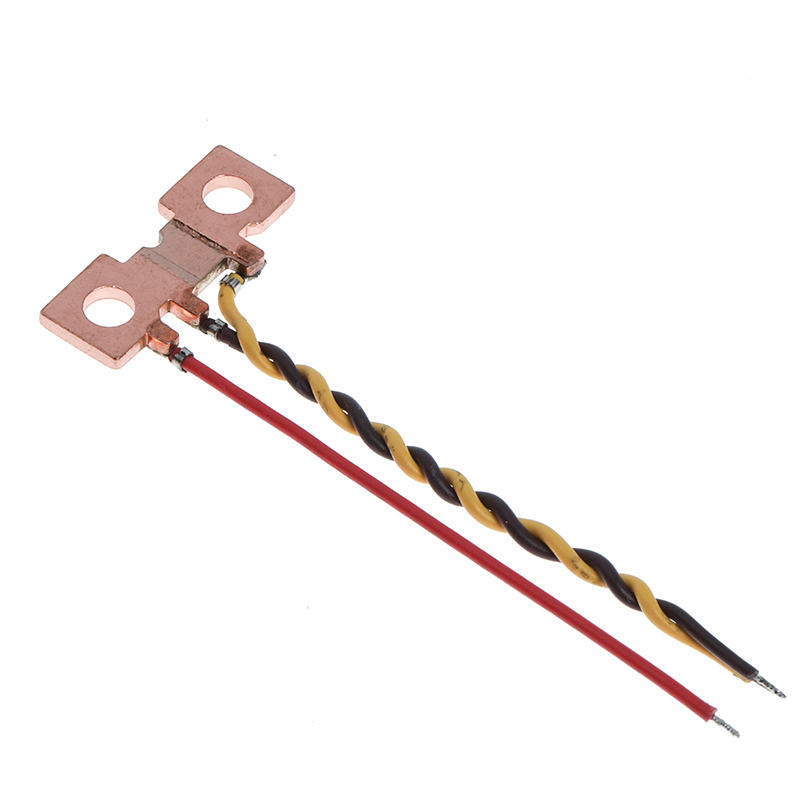Accuracy and Precision Evaluation of Current Shunt Resistor
Accurately measuring current is crucial in circuit design. To achieve accurate current measurement, engineers often use a Current Shunt Resistor as a current sensing element. This article will delve into the importance of evaluating the accuracy and precision of Current Shunt Resistors, as well as discuss some commonly used evaluation methods.

Part 1: Accuracy Requirements of Current Shunt Resistors
Accuracy of a Current Shunt Resistor refers to the deviation between its measurement result and the actual value of the measured current. In many applications, high accuracy is required, making the evaluation of Current Shunt Resistor accuracy crucial. Accuracy evaluation can be achieved by comparing it with a standard current source.
Part 2: Methods for Precision Evaluation of Current Shunt Resistors
1. Calibration: Precision evaluation of a Current Shunt Resistor can be done by calibrating it against a known current source. During calibration, a known current is passed through the Current Shunt Resistor, and the measured voltage drop is recorded. By comparing the measured values with the known current, the precise value of the Current Shunt Resistor can be calculated.
2. Temperature Effects: Temperature variations can impact the accuracy of a Current Shunt Resistor. Therefore, when evaluating its precision, consideration must be given to its temperature drift characteristics. Evaluation of temperature effects can be done by placing the Current Shunt Resistor in different temperature environments and measuring the variation in voltage drop.
3. Linearity: Linearity of a Current Shunt Resistor represents the straight-line relationship between its output and input. To evaluate its linearity, multiple measurements can be taken at different current ranges, and a relationship curve between current and voltage drop can be plotted. If the relationship curve closely resembles a straight line, it indicates good linearity of the Current Shunt Resistor.
Part 3: Considerations for Precision Evaluation of Current Shunt Resistors
1. Choose appropriate measurement instruments: To obtain accurate measurement results, it is necessary to select a high-precision multi-purpose digital multimeter or a dedicated current meter for measuring the voltage drop across the Current Shunt Resistor.
2. Minimize interference: When performing precision evaluation of a Current Shunt Resistor, attention should be given to eliminating interference from other circuit components. For example, using shielded cables or employing signal filters to reduce the impact of noise.
3. Repetitive testing: To enhance the reliability of evaluation results, it is recommended to perform multiple tests on several Current Shunt Resistors within the same current range to ensure consistency of results.
Conclusion:
Evaluating the accuracy and precision of Current Shunt Resistors is crucial for achieving accurate current measurement. Through evaluation methods such as calibration, temperature effects, and linearity, the performance and precision of a Current Shunt Resistor can be determined, enabling the selection of the appropriate device for a specific application. A thorough understanding and evaluation of the accuracy of Current Shunt Resistors in design contribute to the reliability and precision of the circuit.




